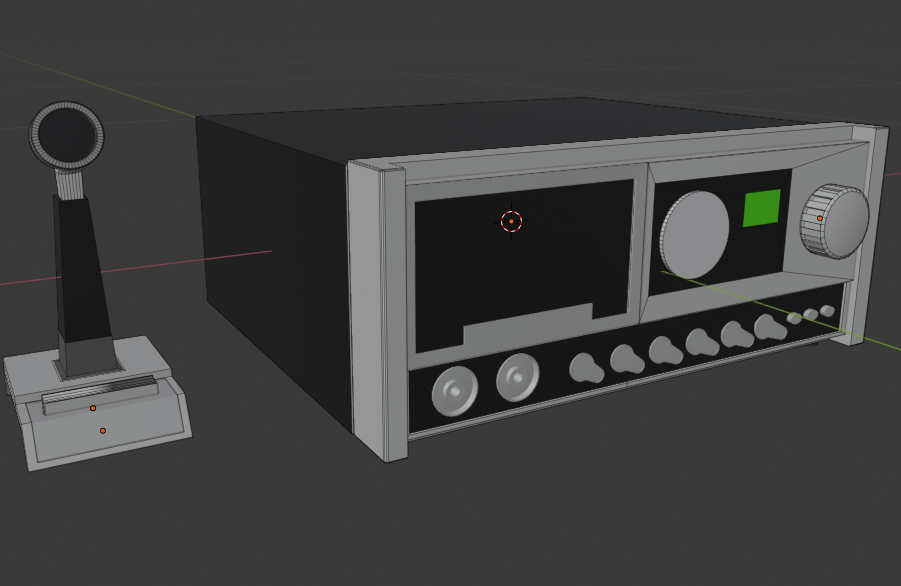Inter-ference-view with Brad, Co-founder & Developer
I’ve been working with Jared on Interference for a long time now, but it’s not every day I really take the time to step back and think about what a journey it’s been to get to where we are today. Doing this developer interview was a great way to reflect on everything from the moment we first decided to make a video game (spoiler alert: it was on a bus to Six Flags), to how the themes of the story we’re telling still resonate with us today.
I hope that this video gives you a unique insight into what drives me to work on this game every day. If not, Jared will have forced me to get out of bed to do this interview on a Saturday morning for nothing.
















